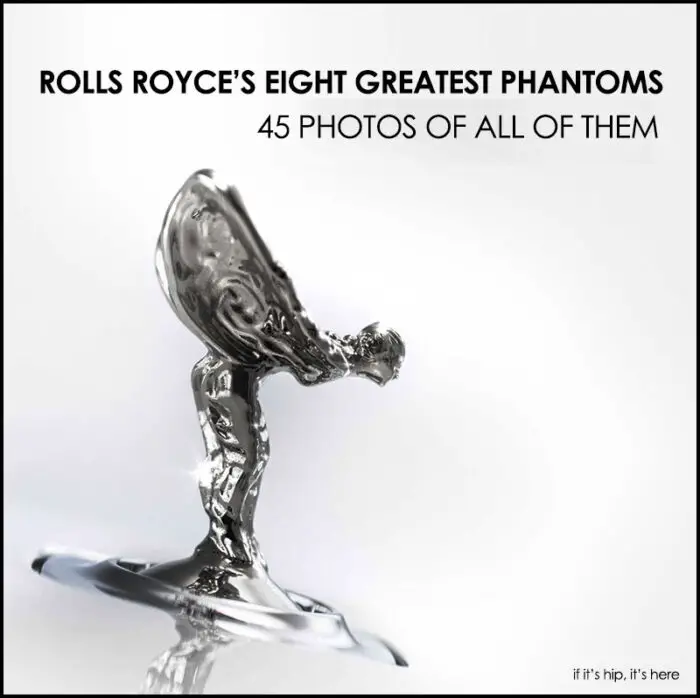Rolls-Royce has announced ‘The Great Eight Phantoms’ – A Rolls-Royce Exhibition that promises to deliver ‘A gathering of the greatest Phantoms in history.’ Rolls Royce has just revealed which eight iconic luxury cars will be included. And we’ve got them all here for you.
Eight Great Rolls Royce Phantoms
The exhibition will gather together the greatest Phantoms from the last 92 years in Mayfair, London and welcome the next and eighth generation; the New Phantom.
The exhibit, which will take place will at Bonham’s International Flagship salesroom in London will include the Fred Astaire Phantom I, Sir Malcolm Campbell’s Phantom II Continental, Field Marshal Montgomery’s Phantom II, the 1965 Phantom V customized by the legendary John Lennon, Her Majesty Queen Elizabeth II’s Phantom VI State Limousine, The Aga Khan Phantom IV, The First Goodwood Phantom – Phantom VII and lastly, the latest New Phantom from Rolls-Royce Motor Cars.
1. The Fred Astaire Phantom I
The show opens with Fred Astaire’s 1927 Phantom I.
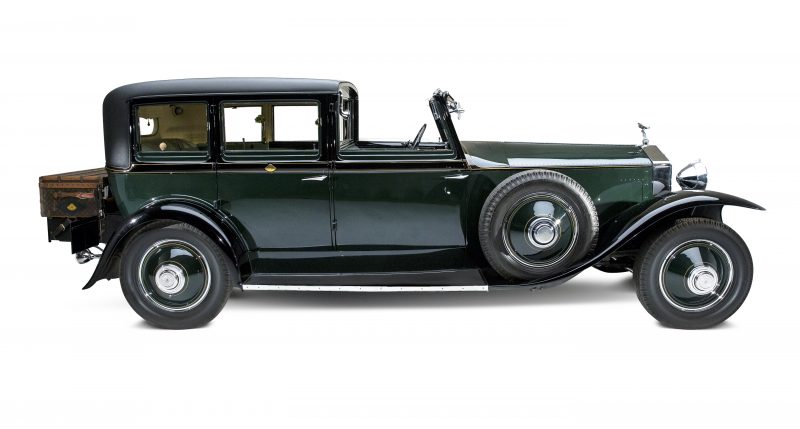
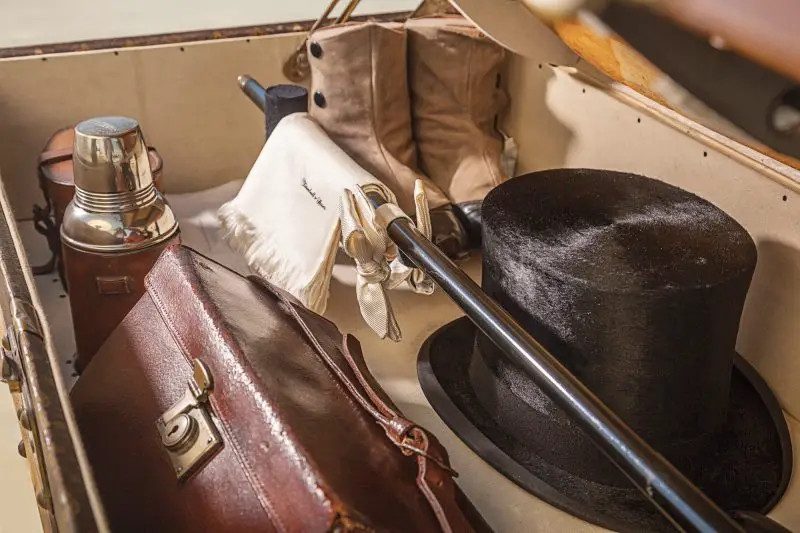
Rolls-Royce began producing the Phantom I in 1925. The car was developed in great secrecy, with the project code-named Eastern Armoured Car. This suggested Rolls-Royce was intent on producing the kind of military vehicles used in the First World War, most famously by Lawrence of Arabia. Sections of armour plate were left lying around the factory to confuse curious competitors eager to glean the secret of making the ‘best cars in the world’.

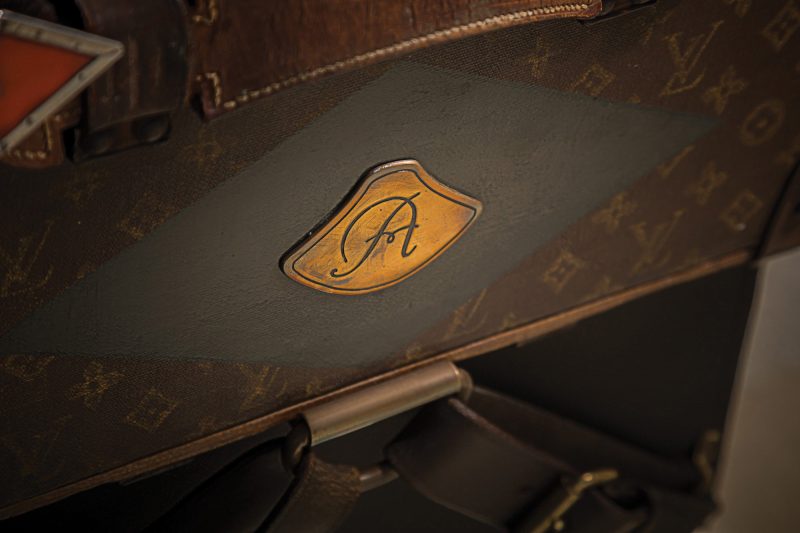
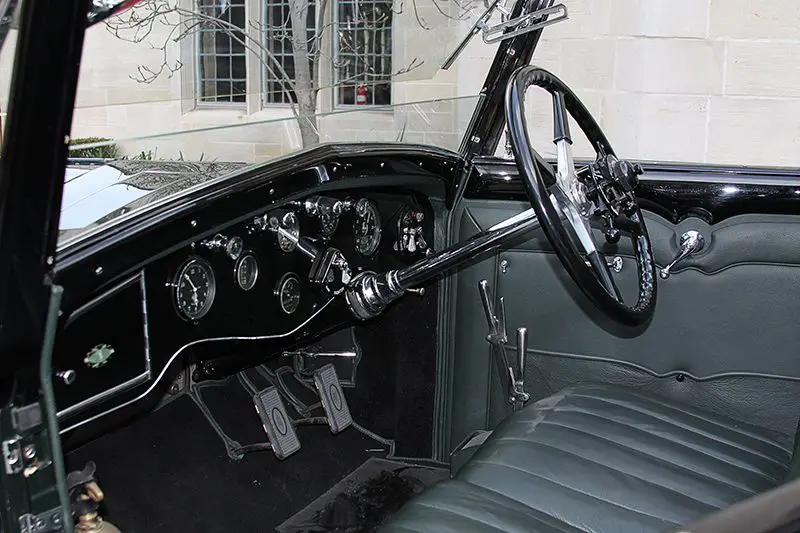
The Phantom I was an instant success. The new 7.668-litre straight-six engine gave the car a fresh spring in its step. When General Motors opened a testing ground in Michigan, it was discovered that no cars could manage even two laps of the 4-mile circuit at full throttle without damaging their engines big ends – where the piston attaches to the crankshaft. However, Phantom I performed with consummate imperiousness and managed that, and more, at a steady 80mph without failure.
2. Sir Malcolm Campbell’s Phantom II Continental
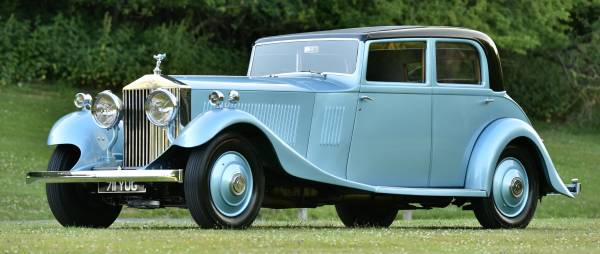
At the height of his pursuit of a new land speed record in the 1930’s, Sir Malcolm Campbell began a relationship with Rolls-Royce that would take him to glory and help him celebrate it.
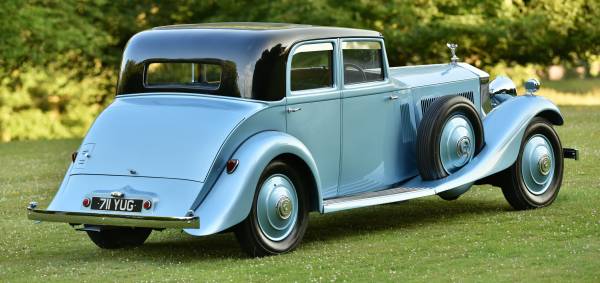
At the end of 1932 Campbell had won prestigious Grand Prix races, broken the land speed world record not once but six times, and had been knighted by King George V. He had nothing left to prove. He was the fastest man on land and yet, as restless as ever, he wanted to take a crack at the 300mph barrier, the automotive equivalent of the four-minute mile. He believed that the only engine that could power his Blue Bird to this speed was a 36.5L Rolls-Royce R aero engine, which generated a staggering 2,300 horsepower.
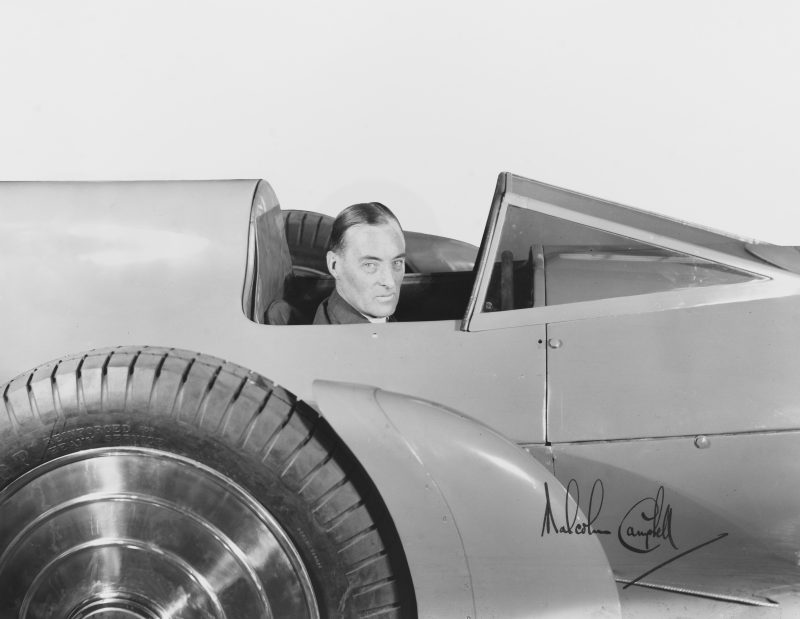
On 22 February 1933, Blue Bird’s first run with the Rolls-Royce engine set a new world land speed record of 272 miles per hour (438 km/h) at Daytona Beach, Florida. A month later, Campbell celebrated by taking personal delivery of a new Phantom II Continental, registration AGO 1.
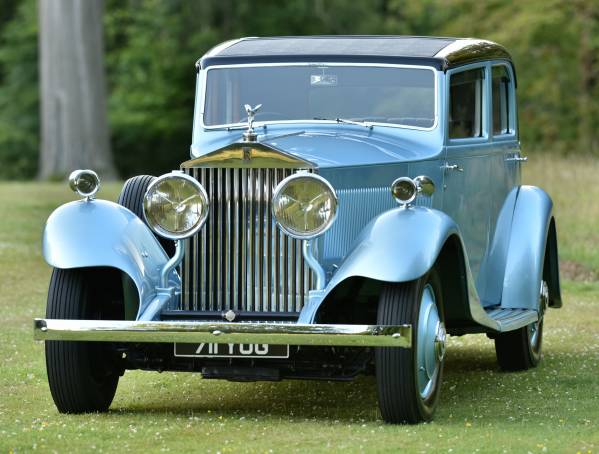
The short-wheelbase Continental had been introduced in 1930 as a ‘sportier’ version of the Phantom II, which had debuted a year earlier. The Continental, with its improved balance and springing, was capable of 95mph – modest by Campbell’s standards, but positively head-spinning for a car weighing almost two and a half tons.
The Motor magazine commented that the Phantom II Continental was ‘Powerful, docile, delightfully easy to control and a thoroughbred, it behaves in a manner which is difficult to convey without seeming to over-praise.”
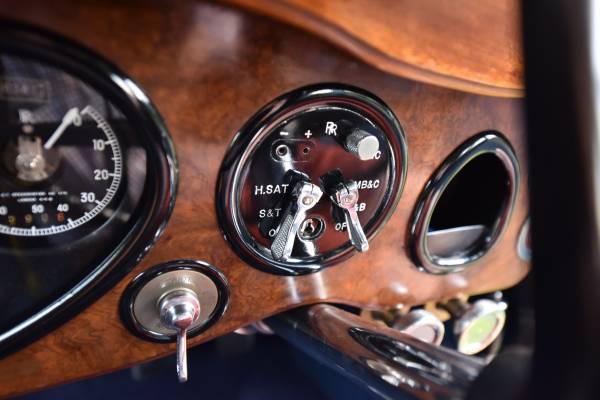
Although AGO 1 was bodied by coachbuilders Barker as a ‘standardised touring saloon’, there were some Bespoke modifications ordered by Campbell. These included a wireless set, fire extinguisher, spotlight, an exhaust pipe specified as nine-inches longer than the norm (probably to create an exhaust note closer to the Blue Bird’s roar), a klaxon horn, a Bosch horn and a siren. Clearly this king of speed wanted people to know he was coming through! Even on public roads, Campbell’s fondness for going fast was well known.
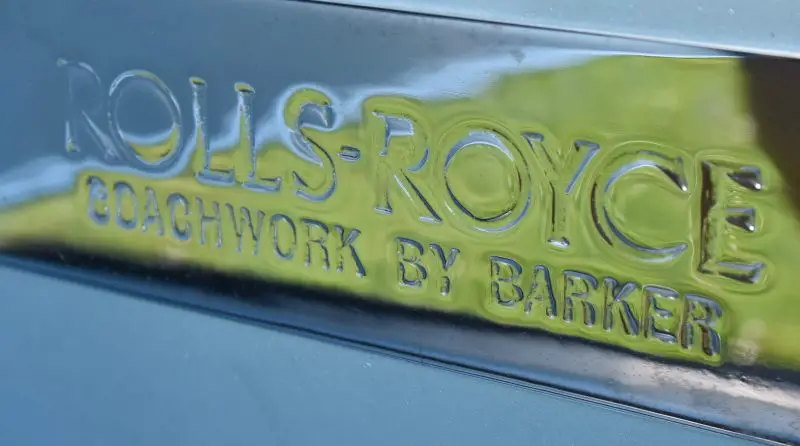
And the colour? Pale blue, of course, with darker blue leather trim and a black roof. The pearlescent glow of the bodywork was apparently achieved by Rolls-Royce’s use of ground herring scales in the paint. Campbell must have been pleased, for he penned a promotional brochure for the Phantom II entitled ‘The best Rolls-Royce yet produced,’
3. Field Marshal Montgomery’s Phantom II
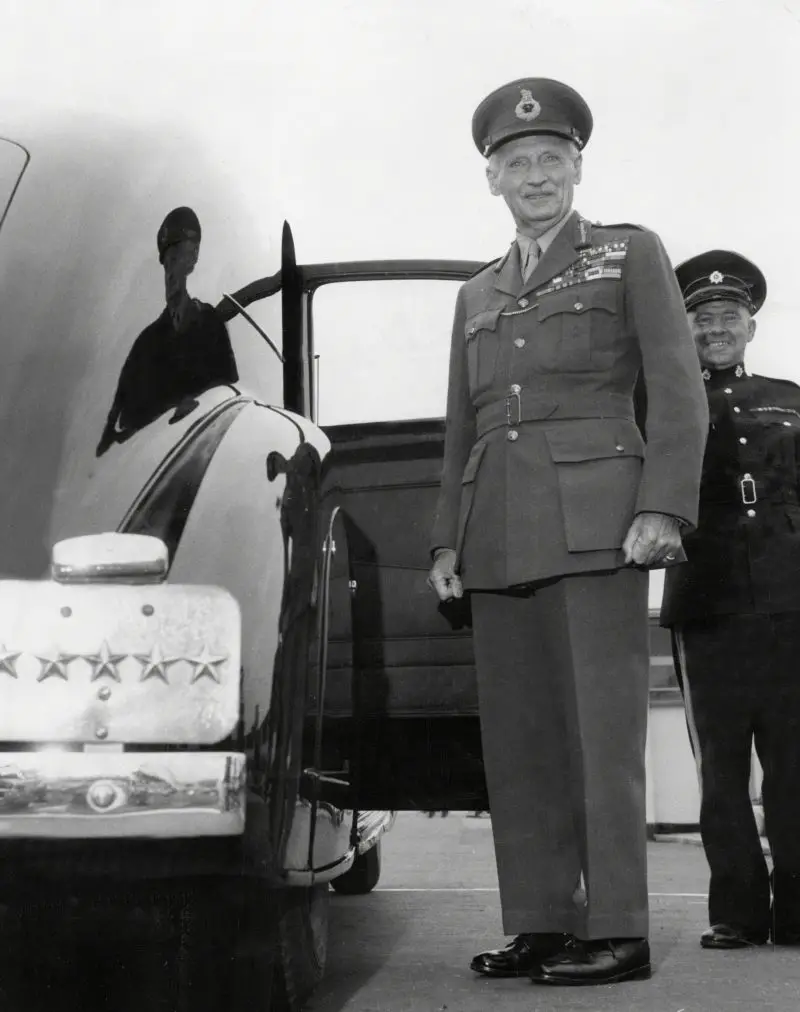
Monty’s Triple – Although Field Marshal Bernard Law Montgomery, 1st Viscount Montgomery of Alamein was nicknamed the Spartan General due to his ascetic lifestyle, there was one area in which he demanded the very best – his personal transport. And his preference was for Rolls-Royce.
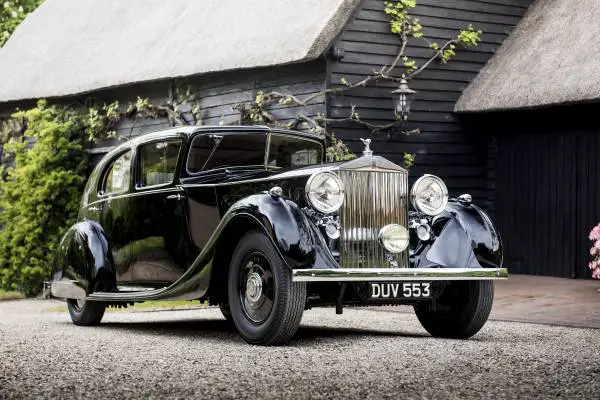
During World War Two, the Field Marshal had the use of three Rolls-Royce Phantom IIIs.
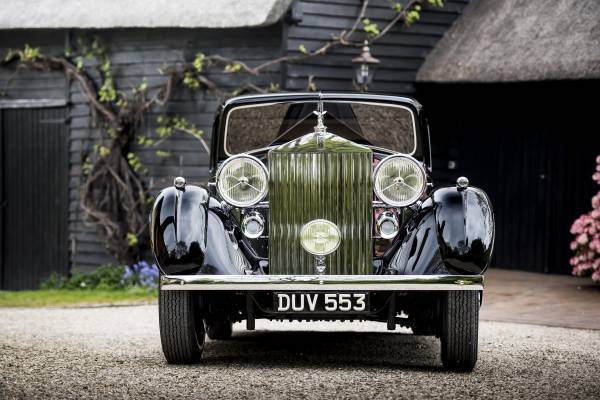
The first of the Phantoms, a 1936 model coachbuilt by Freestone & Webb, was owned by the head of English Talbot Motor Company, Frederick Wilcock, before being requisitioned by the Ministry of War Transport Section. Montgomery used it as his personal transport in the run up to D-Day, and ferried Winston Churchill, General Eisenhower and King George VI to D-Day planning sessions at his base in Southwick House, Hampshire.
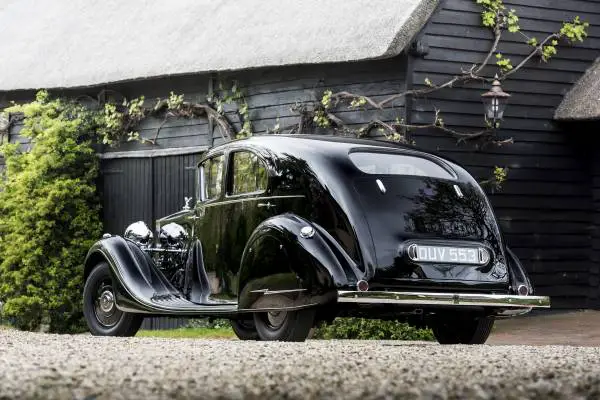
A keen believer in the power of the image, Montgomery used his Rolls-Royce Phantom to communicate permanence, solidity and reliability – a signal to his men that he was there to stay.
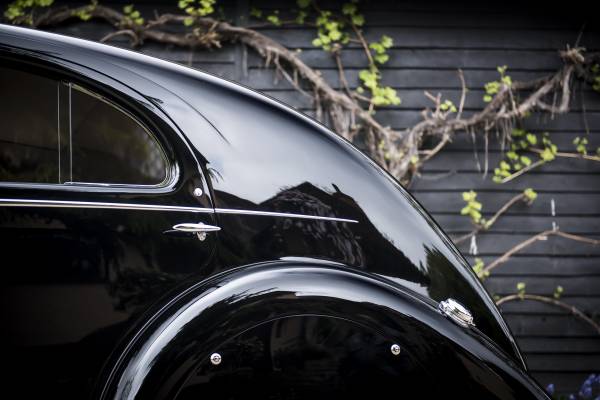
But it is the ‘Butler’ Phantom III, which will be present at the Exhibition in London, which proved to be Montgomery’s favourite. This particular Phantom was commissioned for Alan Samuel Butler, Chairman of the De Havilland Aircraft Company, with bodywork by HJ Mulliner of Chiswick. Its most striking feature was a front-sloping windscreen that made the car 15 per cent more aerodynamically efficient than the standard configuration. The motor car’s slippery nature was also helped by the enclosed spare tyre and swept tail.
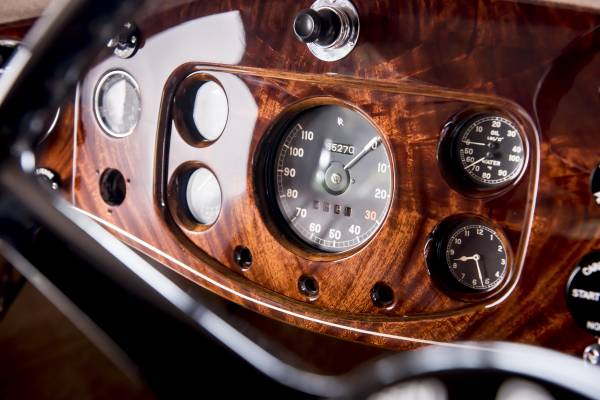
The ‘Butler’ Phantom III was Montgomery’s main official mode of transport for many years visiting such eminent addresses as 10 Downing Street, the War Office on Whitehall, the British Prime Minister’s country residence Chequers, and military operations centres such as Northwood in Hertfordshire and the NATO Supreme Headquarters Allied Powers-Europe in Rocquencourt, near Versailles, France.
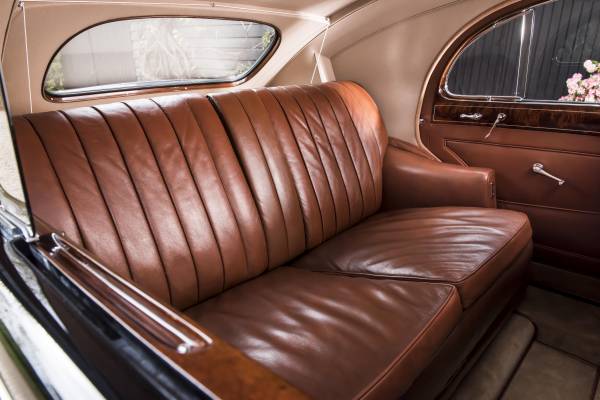
The Field Marshal kept the ‘Butler’ Phantom until 1962, by which time it had also carried the Prime Ministers of Canada, Australia and New Zealand, as well as taking Monty around the UK to historic meetings, inspections and celebrations.
The ‘Butler’ Phantom III has recently undergone extensive refurbishment at Rolls-Royce specialist P&A Wood in Essex, England.
4. John Lennon’s Customized 1965 Phantom V
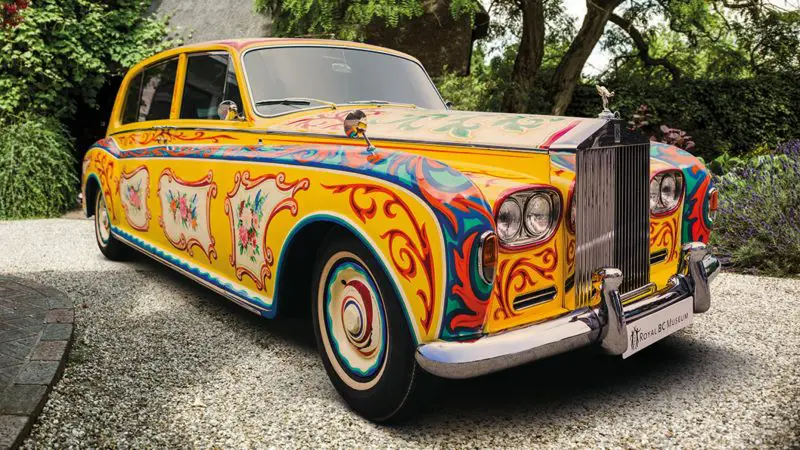
On 3 June 1965 – the same day that Edward H White left the capsule of his Gemini 4 to become the first American to walk in space – John Lennon took delivery of something rather special. It was a Rolls-Royce Phantom V in Valentine Black. (Actually the Rolls Royce was white when it left the factory, then John had is painted black and later custom painted to become one of today’s greatest pieces of pop memorabilia).
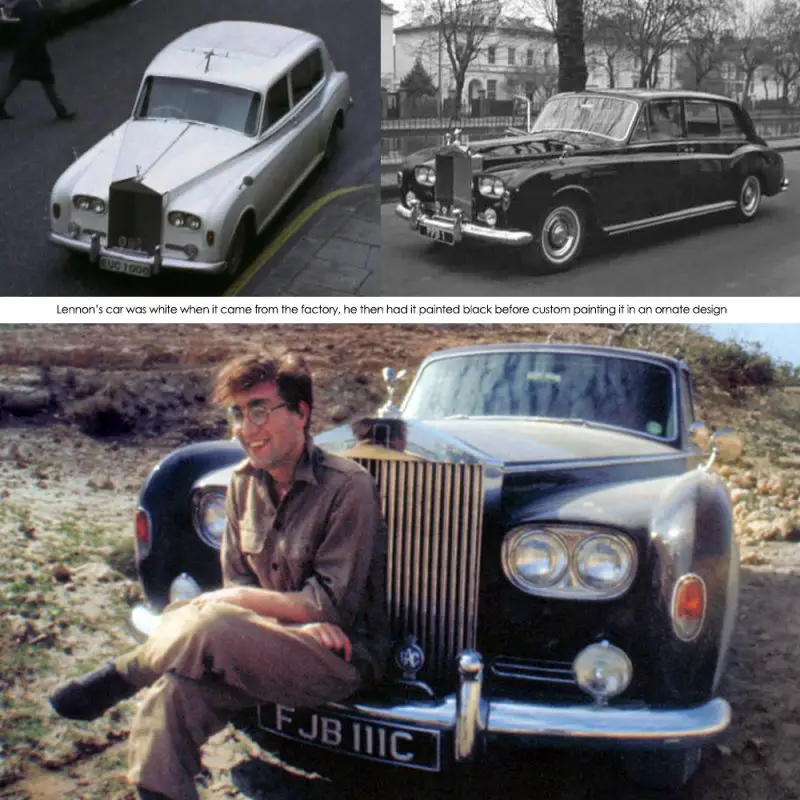
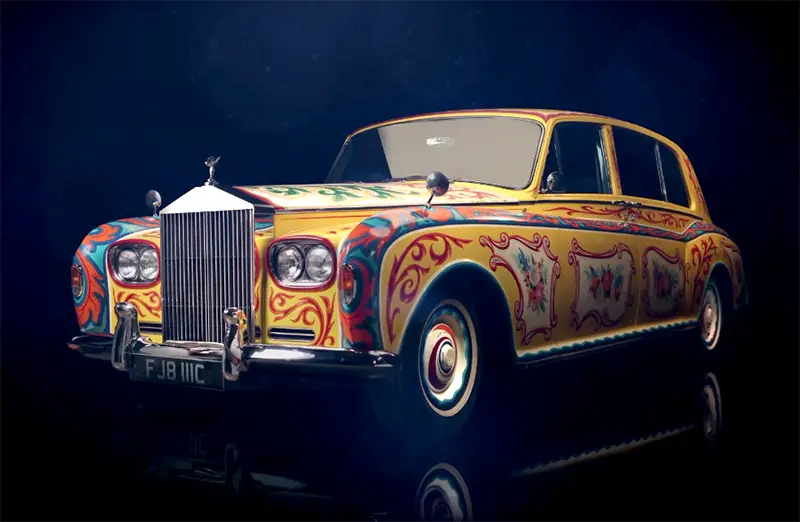
He would later say that he always wanted to be an eccentric millionaire, and the Phantom would become an important step towards that dream.
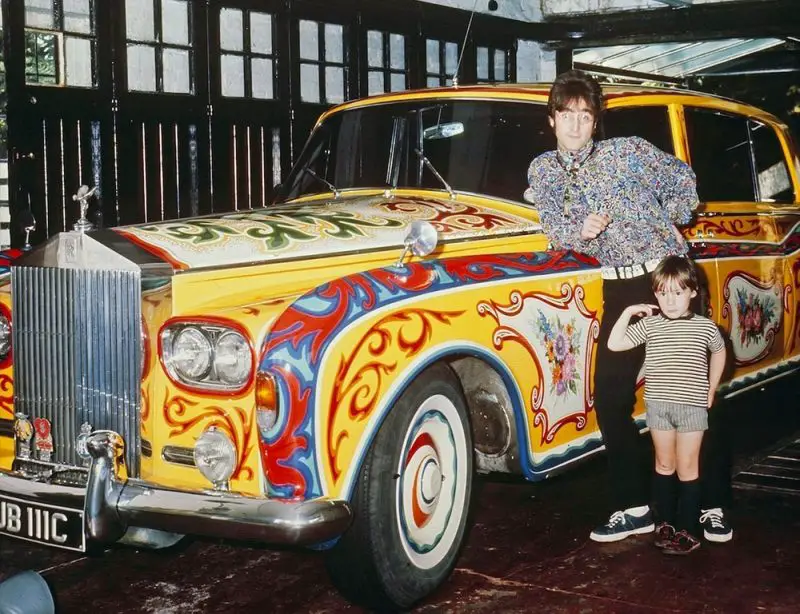
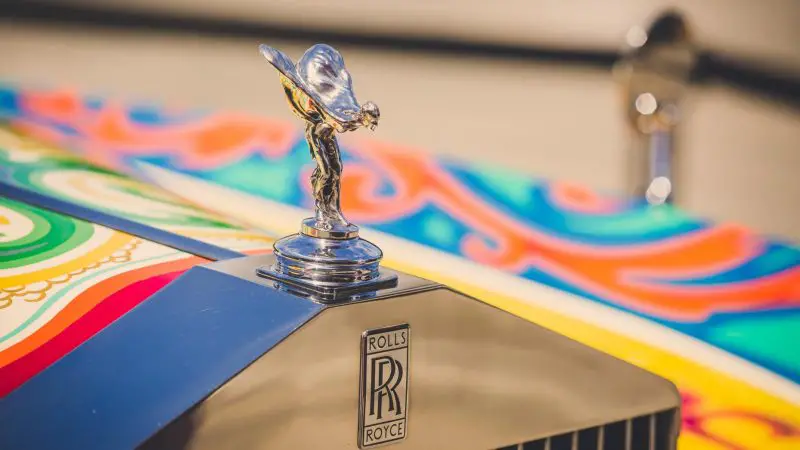
Lennon had the Phantom V customized in true rock-star style. The rear seat was converted to a double bed, a television, telephone and refrigerator were installed, along with a ‘floating’ record player and a custom sound system (which included an external loud hailer).
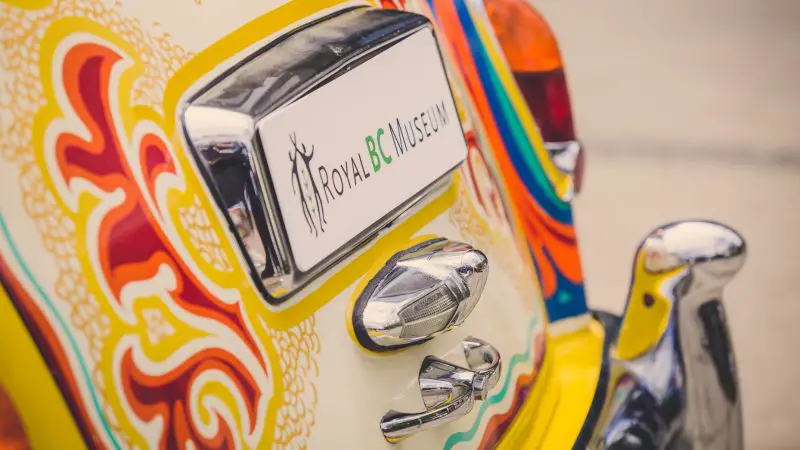
Then, in April 1967, just as the recording of the game-changing Sgt. Pepper’s Lonely Hearts Club Band was finishing, Lennon asked Surrey coachbuilders, JP Fallon, to give the Phantom a new paint job. The freshly-painted Phantom was unveiled days before the worldwide release of Sgt. Pepper’s on 1 June and it seemed part of the overall concept of the album.
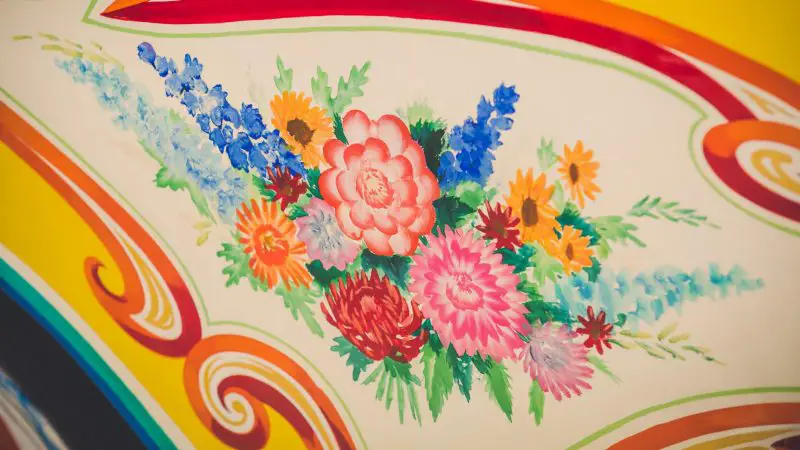
The new colour scheme is often described as ‘psychedelic’ and certainly the colours, particularly the dominant yellow, reflected the cover of Sgt. Pepper’s Lonely Hearts Club Band. But look carefully and you will see it is no random swirl, but a floral Romany scroll design, as used on gypsy caravans and canal barges, with a zodiac symbol on the roof.
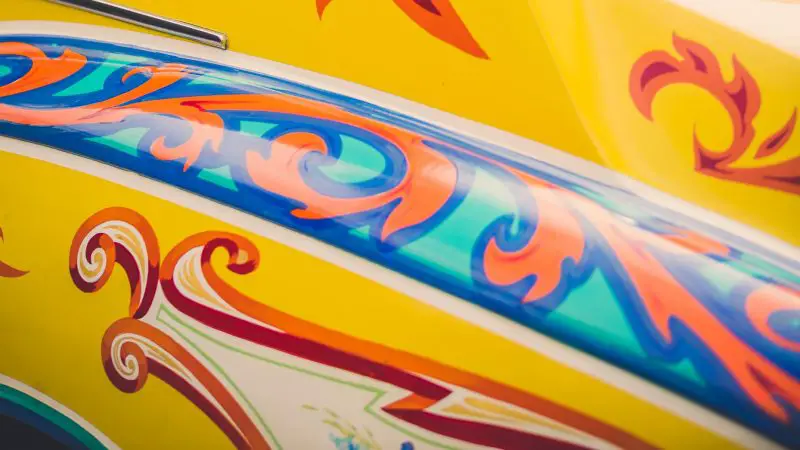
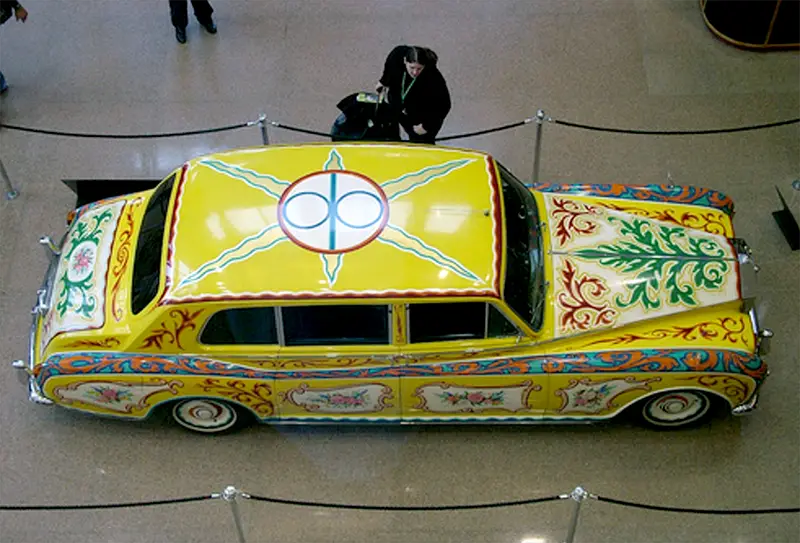
The Phantom V was used regularly by Lennon until 1969 (Lennon also owned a slightly less conspicuous all-white Phantom V). Having used it, pre-paint change, to collect his MBE with his bandmates in 1965, he then used it again in 1969 to return his MBE to the Palace, in protest against, among other things, the Vietnam War.
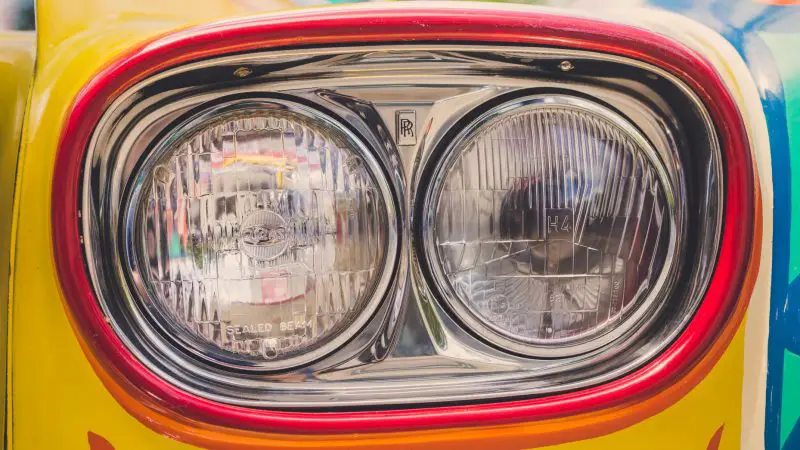
The car was shipped to the USA in 1970 when Lennon moved there and was loaned out to ferry other rock stars around such as The Rolling Stones, Bob Dylan and The Moody Blues. In 1977, after a period in storage, it was donated by billionaire Jim Pattison to the Royal British Columbia Museum in Victoria, British Columbia, Canada.
5. Her Majesty Queen Elizabeth II’s Phantom VI State Limousine
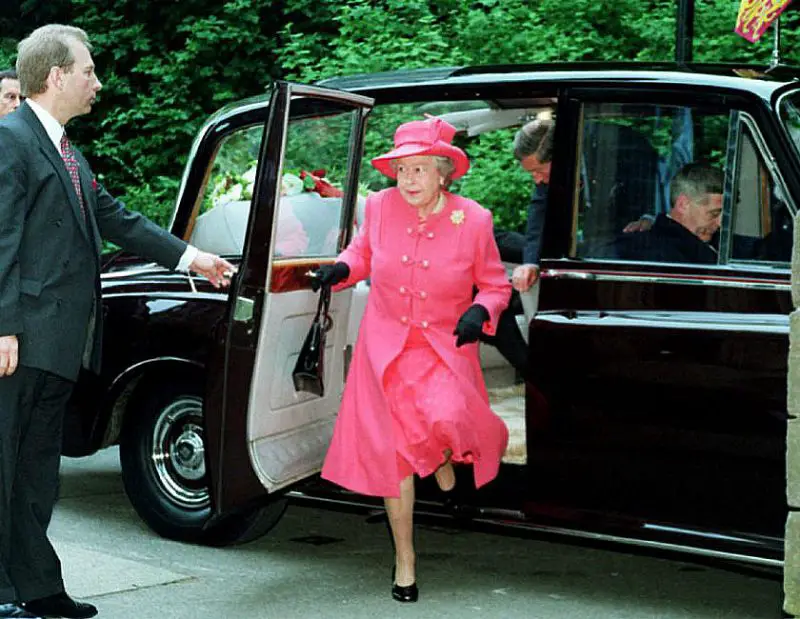
In 1977, to mark her Silver Jubilee, the UK’s Society of Motor Manufacturers and Traders gifted Her Majesty a new official State Limousine, a custom-built Phantom VI.
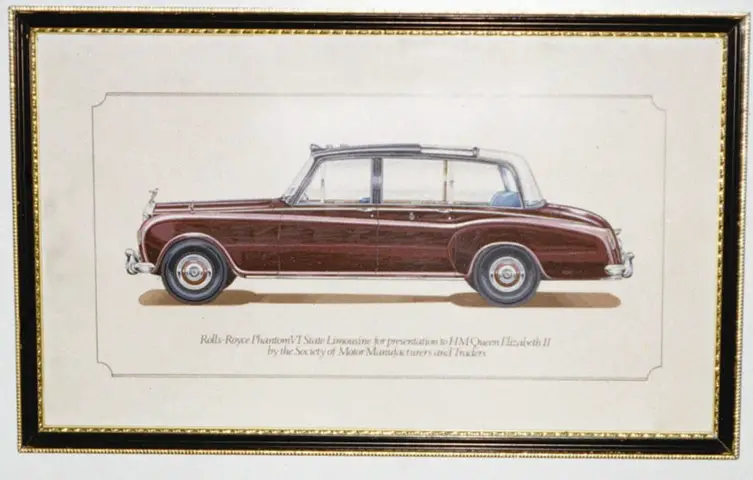
The most striking aspect of this Park Ward-bodied Phantom VI is its raised roofline, supporting an enormous expanse of toughened glass. It enables Her Majesty, and indeed other members of the Royal family who use the vehicle to see and (more importantly) be seen.
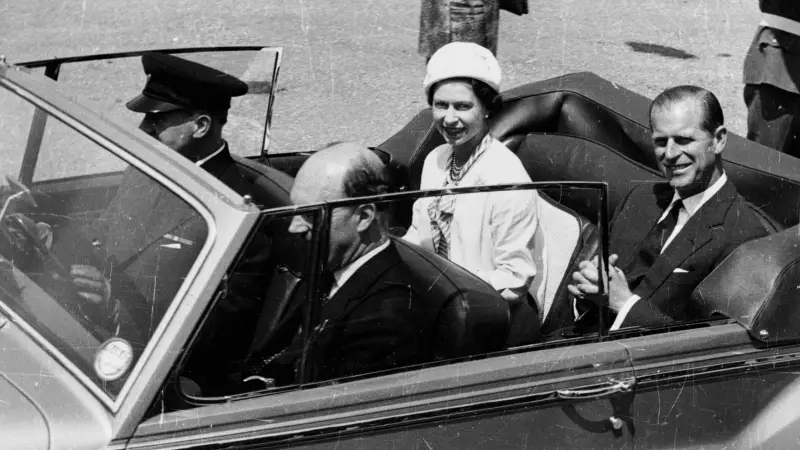
This Phantom, like others in the Royal Fleet, had the ‘Royal mascot’ of St. George slaying the dragon put in place of the Spirit of Ecstasy when Her Majesty was on board, apart from when she visited Scotland, when a silver lion is used instead. It also had a fitment to hold the Queen’s Shield and the Royal Standard.
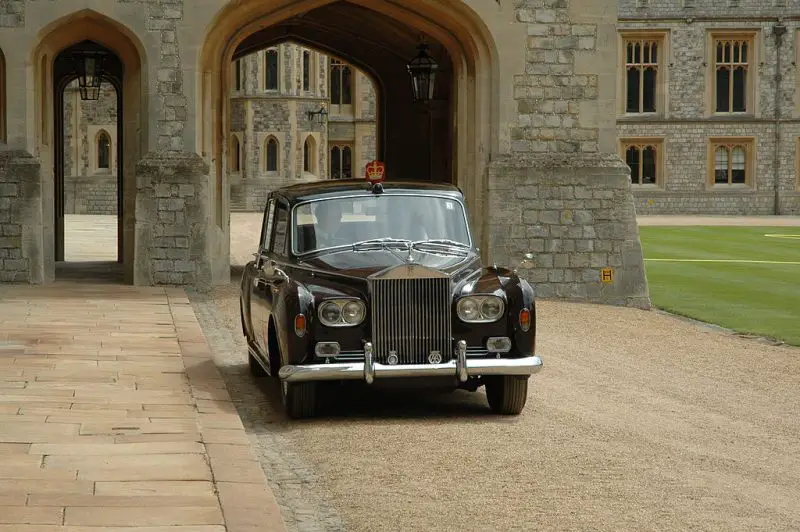
As with all the fleet it was finished in Royal Claret and Black Livery and being a state car, it had no need for a number plate.
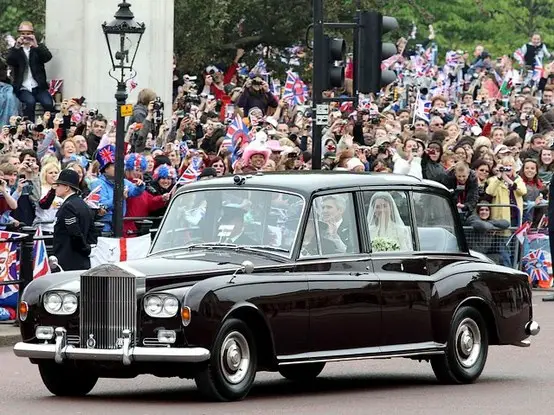
The Phantom VI was present at another milestone in The Queen’s long reign in 2011. On April 29 of that year Prince William, her grandson, married Kate Middleton. The Duchess of Cambridge and her father were driven to the Abbey in the Phantom VI, taking full advantage of the panoramic glass to give the delighted crowds the best possible view of her last few minutes as Kate Middleton before she transformed into a Princess; a happy ending for both Kate and the splendid Silver Jubilee Phantom VI.
6. The Aga Khan Phantom IV
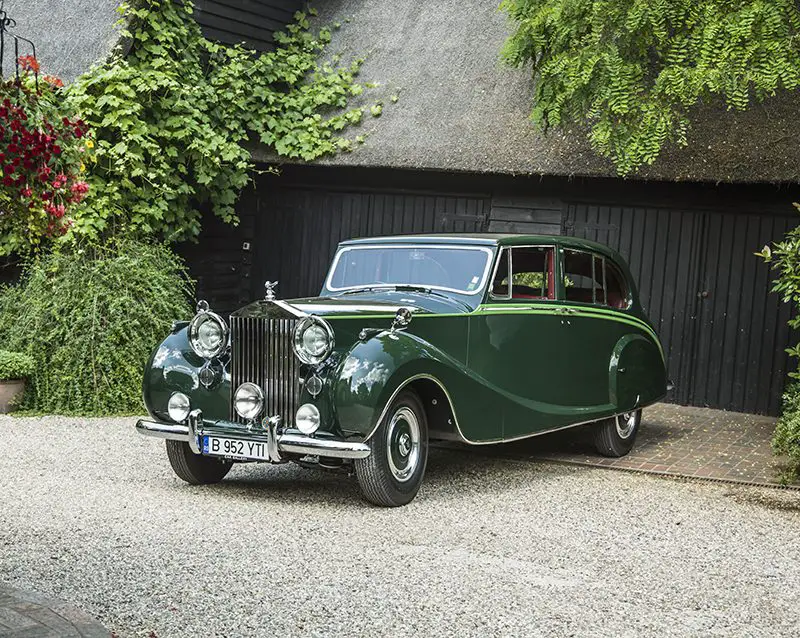
The second Royal Phantom to be present at the Exhibition will be that of the Aga Khan III. The Aga Khan III is famous for combining a jetset lifestyle as thoroughbred horse owner with his role as leader of the Nizari Ismaili Muslim community.
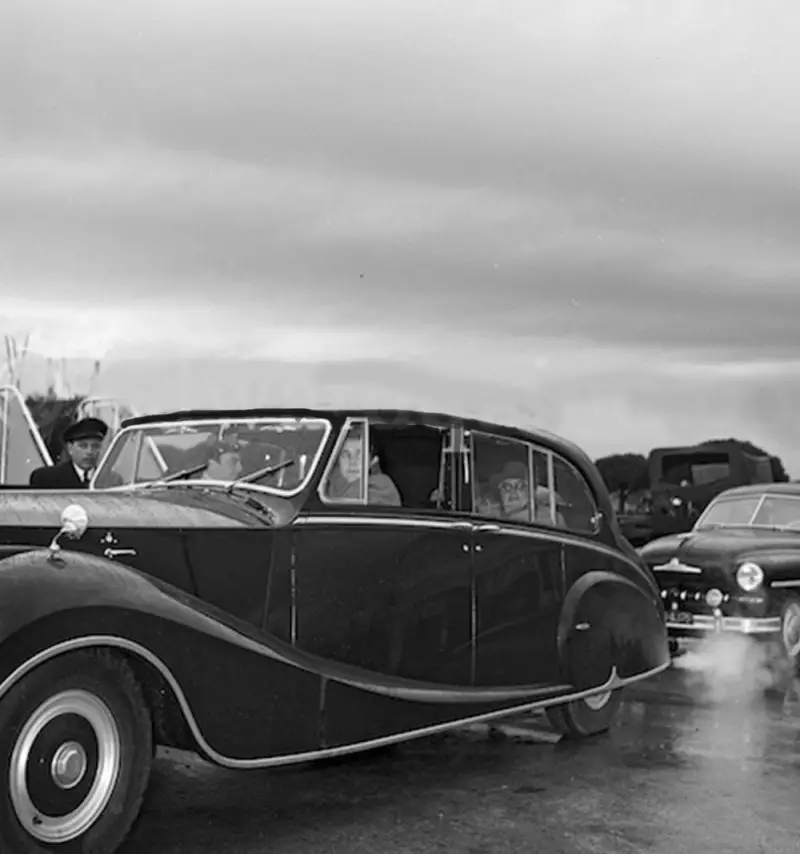
The Aga Khan was among just 18 heads of state and members of royal families to commission a Rolls-Royce Phantom IV.
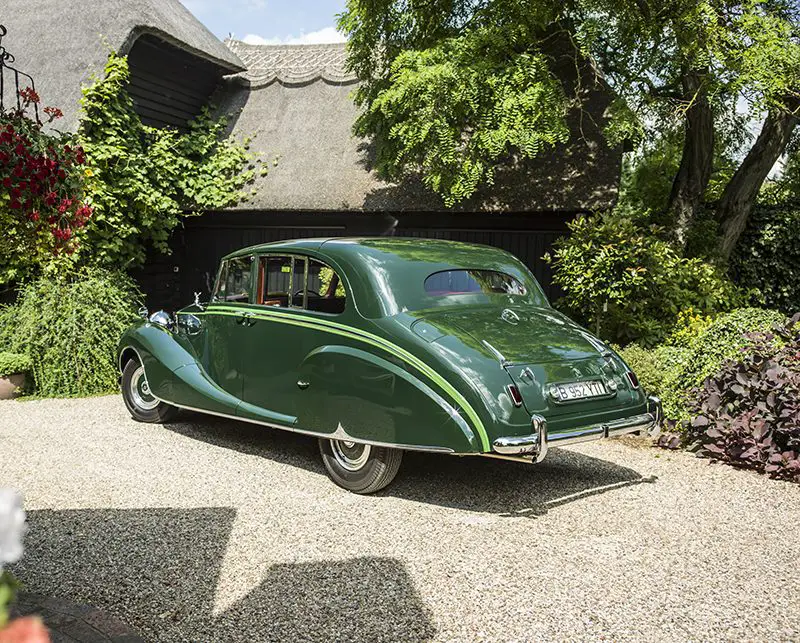
Aga Khan III was President of The League of Nations from 1937 to 1938, but also owned five Derby winners and won British flat racing’s Champion Owner title 13 times. He liked the finest things in life and so his choice of a Rolls-Royce Phantom IV was no surprise.
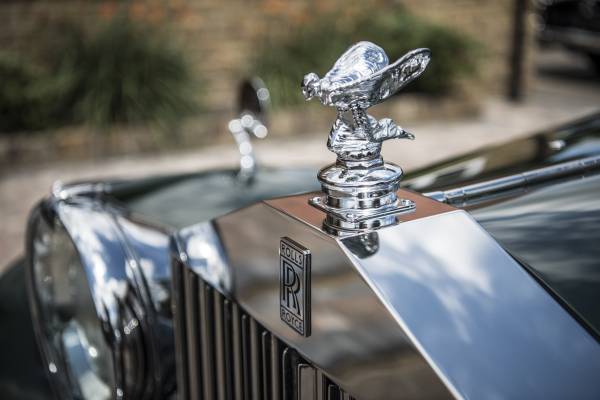
The Hooper coachwork of the Aga Khan’s Phantom IV has remarkable flowing lines, the rear wheels are enclosed and the body is in the Sedanca de Ville style, whilst the interior features sumptuous red leather, using Connolly hides.
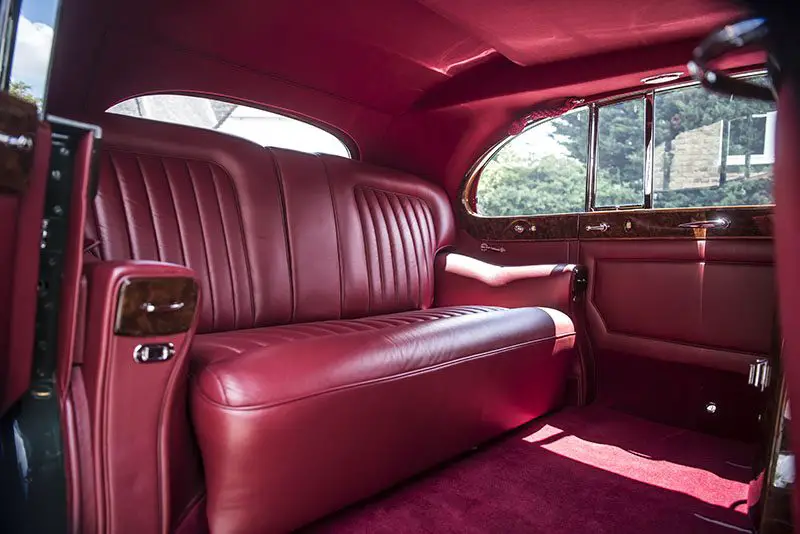
It took two years to build, from 1950 to 1952, thanks to its many bespoke additions; an adjustable mirror, concealed silver brush, comb and compact – all engraved with the Aga Khan’s royal crest which was also to be seen on the doors – as well as a built-in Dictaphone and a full picnic set.
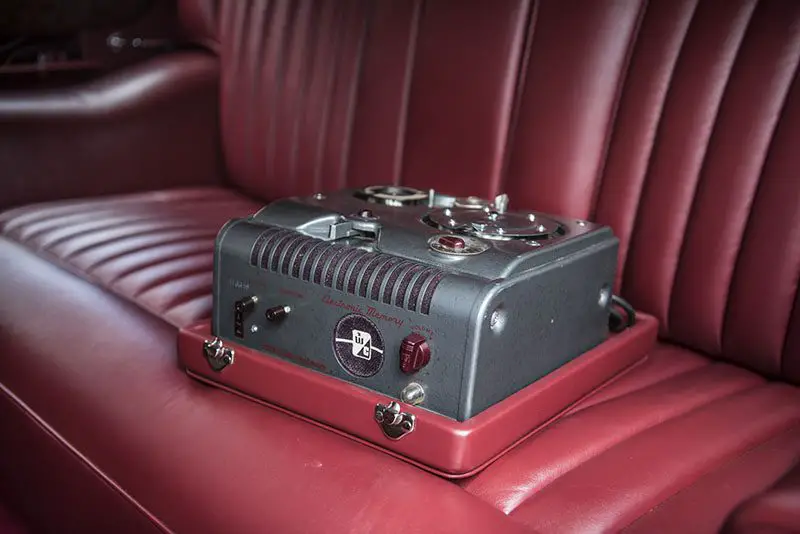
‘The Aga Khan Phantom IV’ has been kindly loaned to ‘The Great Eight Phantoms’ by Mr Ion Tiriac.
7. The First Goodwood Phantom – Phantom VII
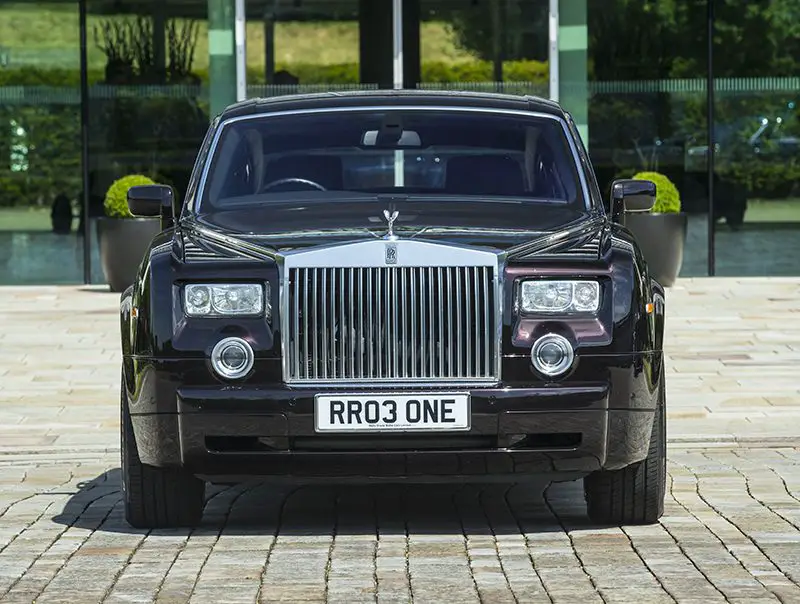
The First Goodwood Phantom is the motor car that began the renaissance of Rolls-Royce in 2003. Known at the time as “the last great adventure in automotive history”, this renaissance has seen Rolls-Royce retake its rightful place as the world’s leading luxury brand with highly progressive models beginning with Phantom, then Ghost, Wraith and Dawn, and the only true luxury approach to satisfying the desires of every individual customer – Bespoke.
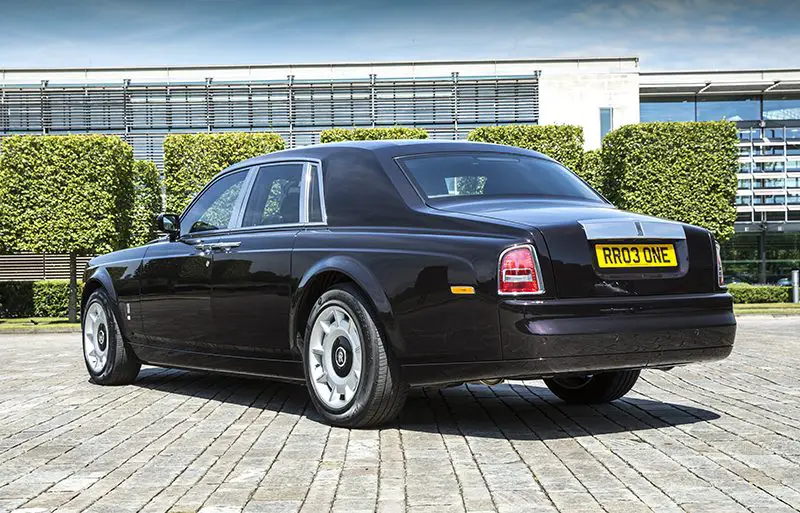
Three months after its debut at 00.01 on 1 January 2003, the First Goodwood Phantom was shipped from Southampton, England to Perth, Western Australia for its Australian debut in April 2003. Following that debut, the Phantom was to undertake its first big adventure in the hands of its owner – a 4,500-mile epic drive across Australia. The route left Perth, heading down the coast of Western Australia, across the Nullarbor Plain to Adelaide in South Australia, then into Victoria and along the Great Ocean Road until finally arriving at the Harbour Bridge in Sydney, New South Wales.
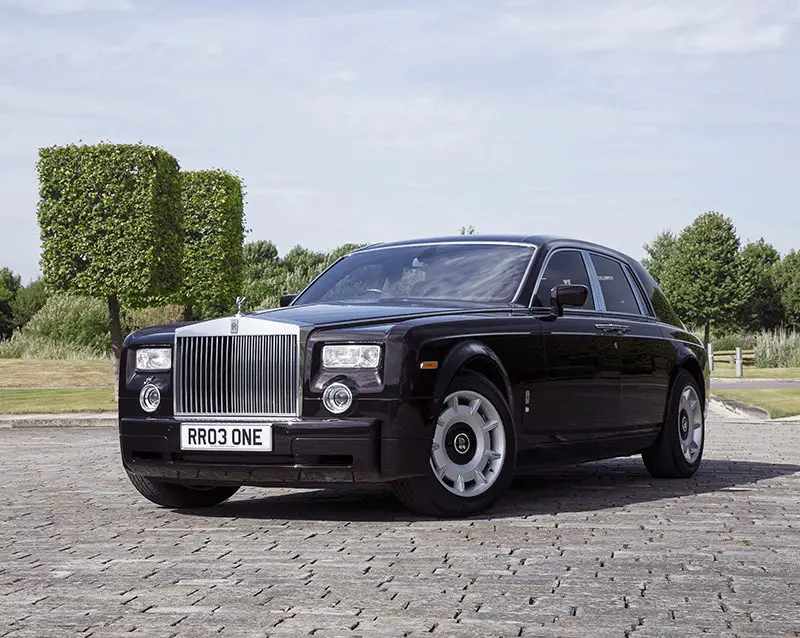
The owner provided daily updates of ‘driver impressions’ to the team back at Goodwood, declaring the new Phantom to be “a Grand Tourer in the truest sense of the words”. The car performed faultlessly, its only issue some sand that had entered the Spirit of Ecstasy retraction mechanism during a dust storm in the Australian desert.
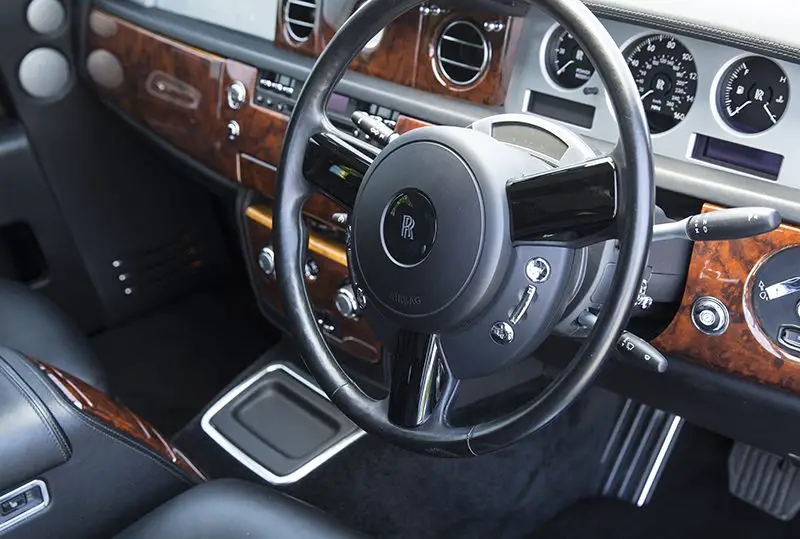
14 years after its creation, this First Goodwood Phantom remains in exceptional condition. It is loaned to ‘The Great Eight Phantoms’ – A Rolls-Royce Exhibition by its owner, the same gentleman who originally commissioned it.
8. The New Eighth Generation Phantom
A teaser image of the newest Rolls Royce Phantom:
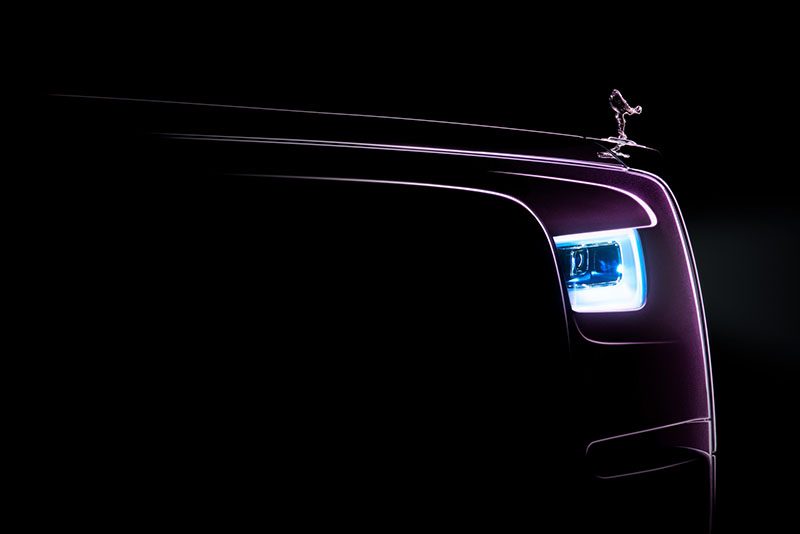
Read on to learn about the exhibit and history of the Rolls Royce Phantom.
‘The Great Eight Phantoms’
From its debut in 1925, a Rolls-Royce Phantom has stood as witness to history’s most defining moments, from treaty signings to occasions of state and the events that have defined the world we live in today.
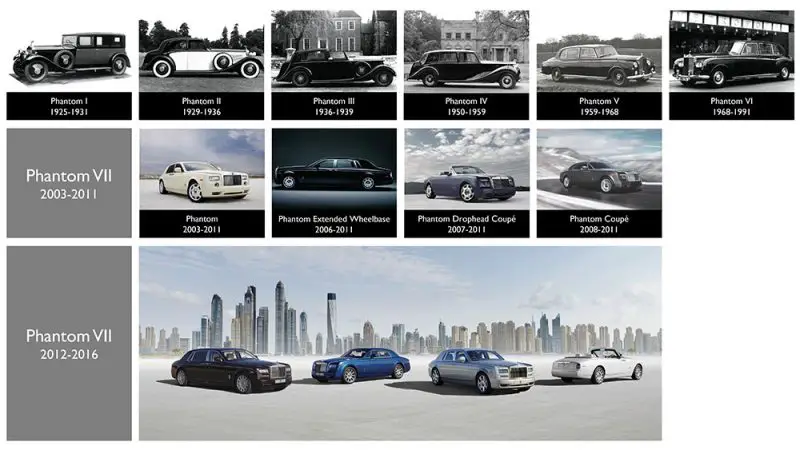
The conveyance of choice for the world’s most influential and powerful men and women for 92 years, Phantom has stood as a sentinel, silently witnessing moments as significant as The Beatles collecting their honours at Buckingham Palace, Field-Marshal Montgomery driving Churchill and Eisenhower, and numerous global superstars collecting their Oscars.
Its standing as the longest existing nameplate in the world of motoring is testament to Phantom’s enduring importance to every generation’s leaders, from heads of state to generals, royalty to rock stars, stars of the silver screen to titans of industry.
Phantoms that have been owned by the great and the good will return from around the globe to Rolls-Royce’s spiritual home in Mayfair, London – the global home of luxury – for this never to be repeated event, which will welcome the arrival of the eighth and most modern generation of ‘The Best Car in the World’, the new Phantom.
Rolls-Royce Phantom – ‘The Best Car in the World’
Rolls-Royce began producing the Phantom I in 1925. The car was developed in great secrecy, with the project code-named Eastern Armoured Car. This suggested Rolls-Royce was intent on producing the kind of military vehicles used in the First World War, most famously by Lawrence of Arabia. Sections of armour plate were left lying around the factory to confuse curious competitors eager to glean the secret of making the ‘best cars in the world’.
The Phantom I was an instant success. The new 7.668-litre straight-six engine gave the car a fresh spring in its step. When General Motors opened a testing ground in Michigan, it was discovered that no cars could manage even two laps of the 4-mile circuit at full throttle without damaging their engines big ends – where the piston attaches to the crankshaft. However, Phantom I performed with consummate imperiousness and managed that, and more, at a steady 80mph without failure.
Sir Henry Royce’s restless desire to, in his own words, “take the best that exists and make it better” quickly led to the creation of the Phantom II in 1929, this time with a totally new chassis, which significantly improved the handling, as well as a re-designed engine.
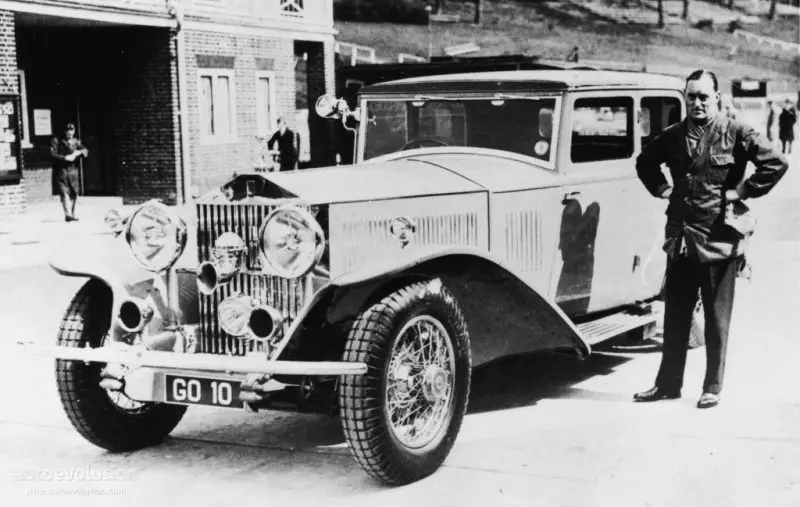
The next Phantom, the third in the line, was to be Sir Henry Royce’s last project. He passed away in 1933, aged 70, about 12 months into the development of this next Phantom. The finished model, with its peerless 12 cylinder engine, was unveiled two years later and production lasted from 1936 until the Second World War. The final chassis was produced in 1941, although the war meant it did not receive its coachwork until 1947. No announcement came about a replacement and it looked as if the Phantom was another victim of the war.
In 1950, Phantom IV appeared. The car was originally intended to be a one-off for Prince Philip and the then Princess Elizabeth. However, once seen, a further 17 were exclusively commissioned at the request of other royal families and heads of state around the world. Fitted with a straight-eight engine, it performed superbly at low speeds – essential for taking part in ceremonial parades – and featured the kneeling version of the famous Spirit of Ecstasy bonnet mascot.
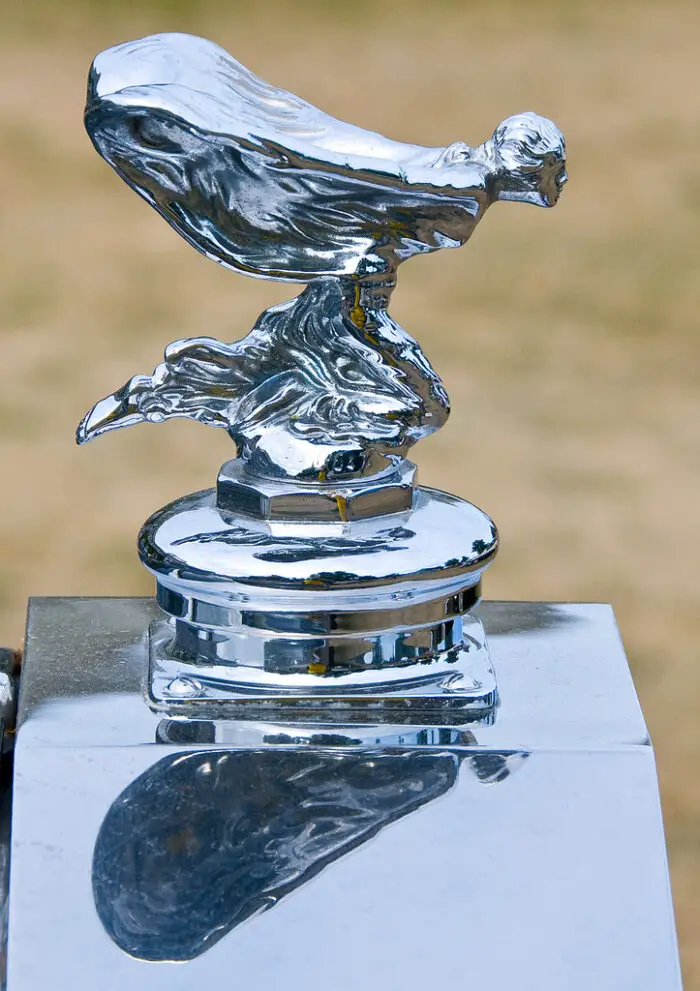
The Phantom V was produced between 1959 and 1968 and 516 of this hugely successful model were made for clients including the Queen Mother, governors of Hong Kong, King Olav of Norway and John Lennon.
The long-running Phantom VI (1968-90) carried on the royal connection, notably with the Silver Jubilee Car, a raised-roof version presented to Queen Elizabeth II in 1977 by the British motor industry to celebrate her 25 years on the throne, and later famously used at the wedding of the Duke and Duchess of Cambridge.
In 2003, a watching world was greeted with Phantom VII, a glowing affirmation of the start of Rolls-Royce’s renaissance at his new home in Goodwood, West Sussex. It was sharply contemporary yet timeless in the manner in which it deftly retained Phantom’s characteristic aesthetic. Built at the Home of Rolls-Royce. an all-new, state-of-the-art centre of excellence, it arrived with a 453bhp 6.75-litre V12 – enough to propel it from 0-62mph in 5.9 seconds – and every possible comfort a new breed of discerning luxury consumer could desire. Exquisite detail right down to the car’s Teflon-coated umbrellas and self-righting wheel-centres, left a curious public in no doubt the marque was in safe hands.
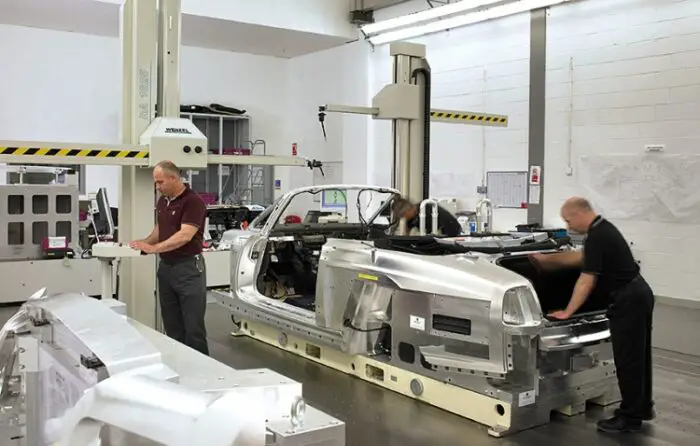
Production of the Phantom VII ceased thirteen years later at the end of 2016.
‘The Great Eight Phantoms’, a Rolls-Royce Exhibition, will be the first time that this exceptional group of truly iconic luxury motoring pieces will be gathered under one roof. Every Rolls-Royce Phantom is an exceptional car, but thanks to their pedigree, this particular collection will include some very singular cars indeed, all owned at some point by famous individuals, and having played their part in witnessing the making of world history.
This is such an uncommon pageant, it is no exaggeration to say we might never see the likes of it again.
At Bonham’s
‘The Great Eight Phantoms’, a Rolls-Royce Exhibition, will take place at Bonham’s international flagship saleroom and galleries in New Bond Street, London from 29 July through 2 August.
Additional resources and interesting Rolls Royce info:
• Rolls Royce Books
• Die-cast models, toys, RC cars and more Rolls royce fun
• Rolls Royce collectibles and Fine Art
• The History Of Rolls Royce Motor Cars
• The Rolls Royce Enthusiasts Club
• My Auto World’s links to Rolls Royce History and Cars
• Sir Henry Royce Memorial Foundation
